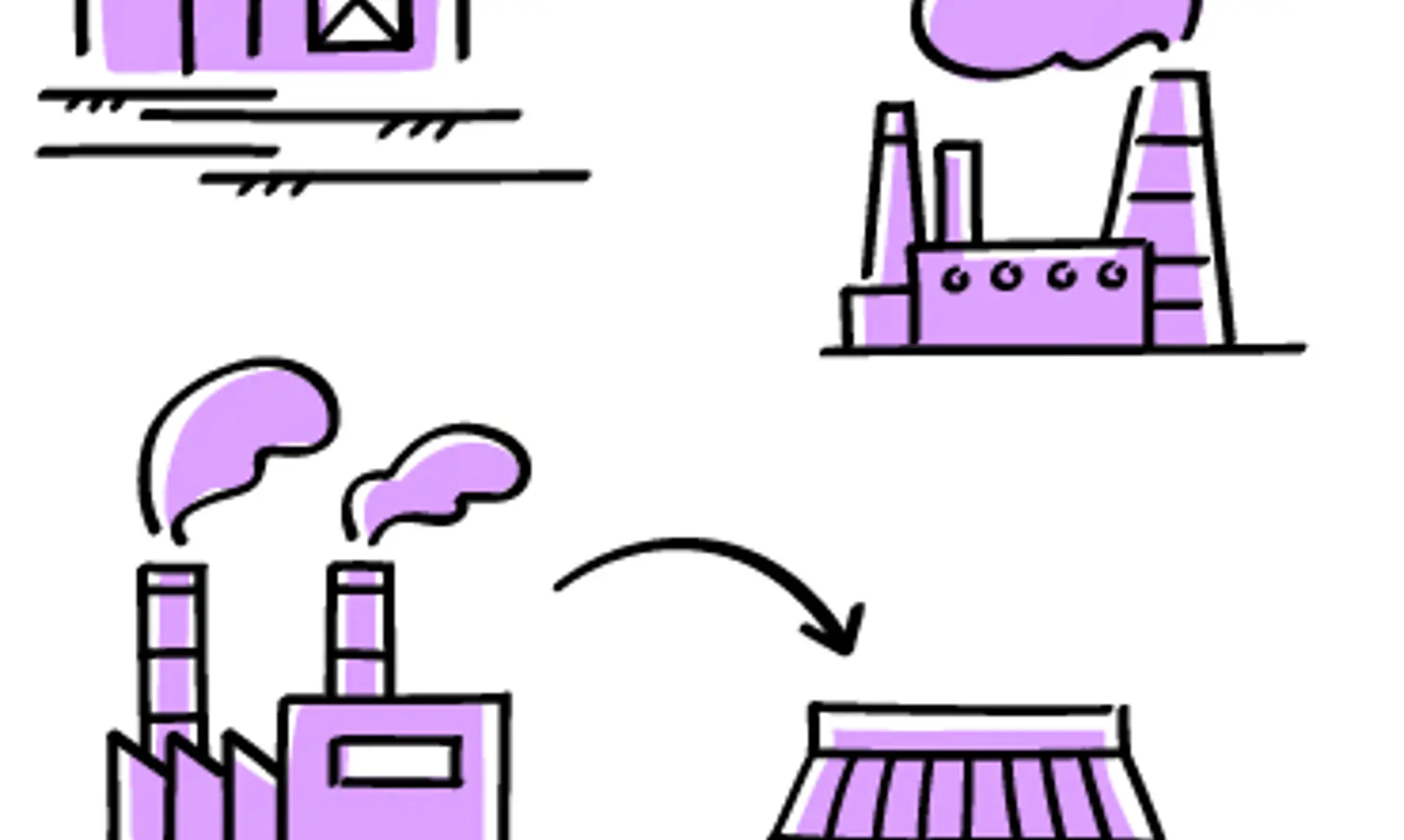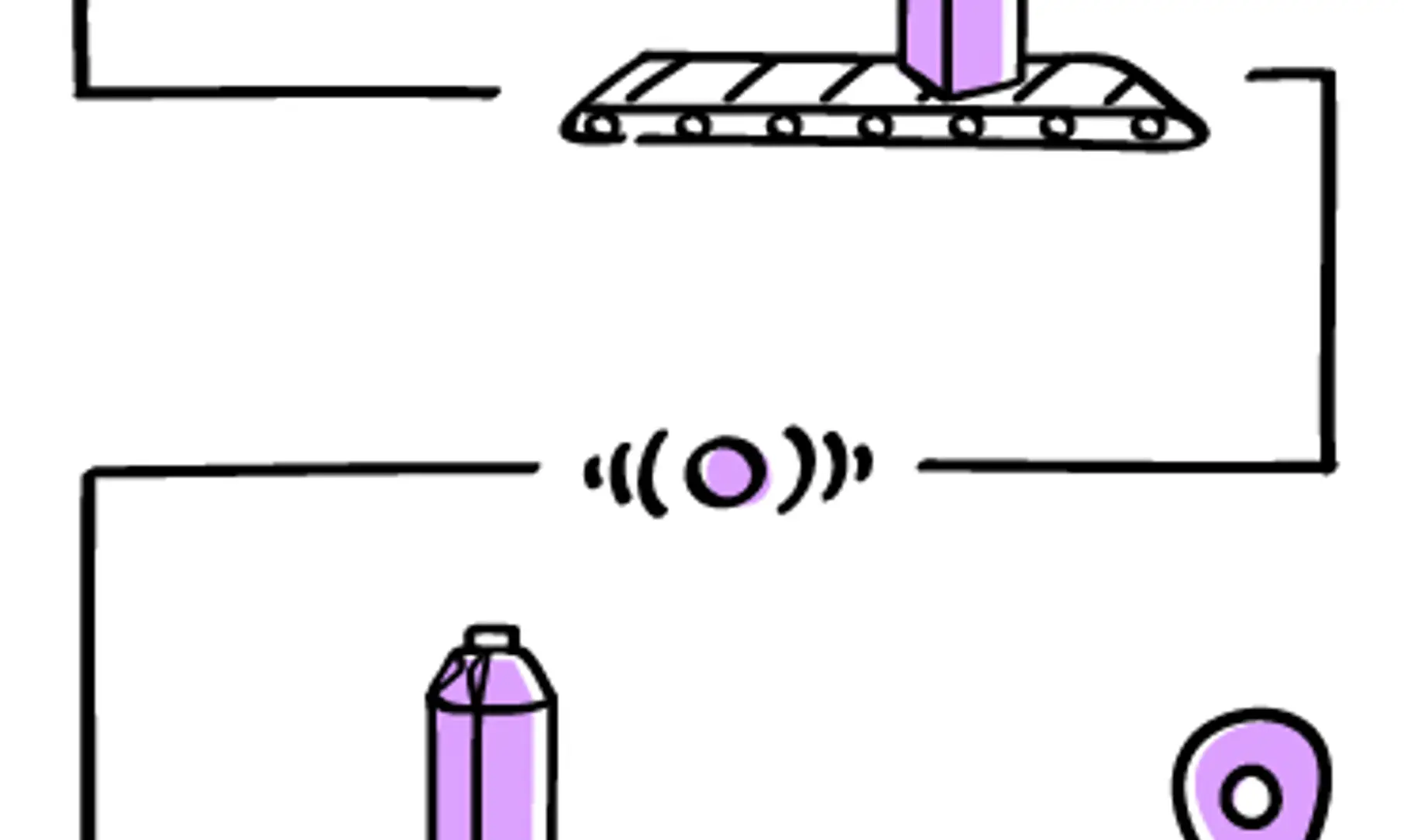Decoding types of traceability

The multidimensional benefits of a traceable value chain are well established, as discussed in the introduction to the series. We know that for a product value chain to be called completely traceable, every aspect of the product needs to be tracked and traced. That is easier said than done and requires every stakeholder to weigh in. So, manufacturers often prefer to start small ensuring at least a part of their supply chain can be accounted for through stages. In a bid to understand the mechanics of a traceable value chain further, let’s explore the types of traceability.
Through the supply chain
Phrases like Farm to fork, source to shelf refer to end-to-end supply chain traceability – a process which traces the food and beverage product including every input and ingredient that goes into it from the origin through manufacturing to consumption. A traceable value chain is required to have comprehensive information about the product such as origin, composition, processing, quality, safety, labeling and so on.

Going upstream and downstream
The supply chain is divided into two parts – upstream and downstream – two distinct journeys with separate stakeholders.
The upstream value chain is where products are created and includes everything that happens up to the point of manufacturing, starting with raw material sourcing. It is a complex part of the supply with multiple stakeholders and suppliers for different inputs or ingredients that go into the product. The traceability of this first leg of the product journey is both vital and complex, helping ensure safety and sustainability.
The downstream value chain starts after production and involves tracking the product from the factory to the shelf and even the end user. Delivery and storage are significant in this part of the product journey, and tracing it helps ensure food safety, avoidance of gray market diversion, efficient operations, and access to data. It is also a very dynamic part that is often affected by consumer demand.
These are also sometimes referred to as forward and backward traceability. From tracing raw materials to their source for sustainable considerations to tracking down the origin of food contamination and ensuring effective recalls, backward and forward traceability are both critical in the supply chain.
Internal traceability
A common practice for big companies, internal traceability refers to tracking the journey of a product within the organization. It can be location-specific such as within a factory or warehouse or across the organization. Internal traceability ensures that products are handled and processed correctly and efficiently, helping identify and rectify operational and quality issues along with potential inefficiencies.

Today, a fully traceable value chain requires the use of advanced technology. Let’s find out which technologies are most popular and what’s on the horizon in the next post as we continue our deep dive into The Traceability Value. Watch our blog for the story or just subscribe to our exclusive bi-weekly newsletter and get it straight in your inbox along with other interesting SIG news.
- iulie 20, 2023
